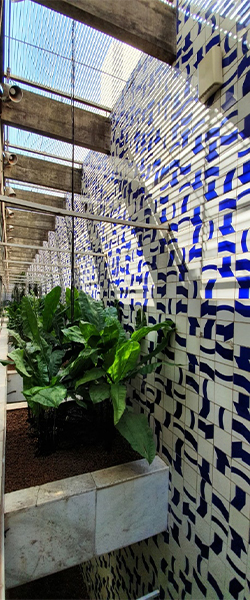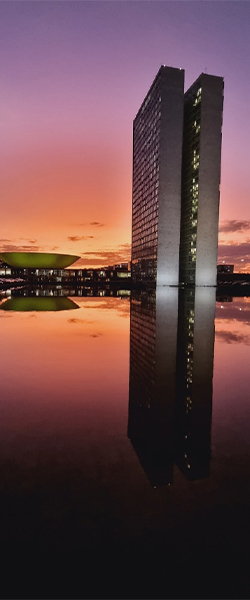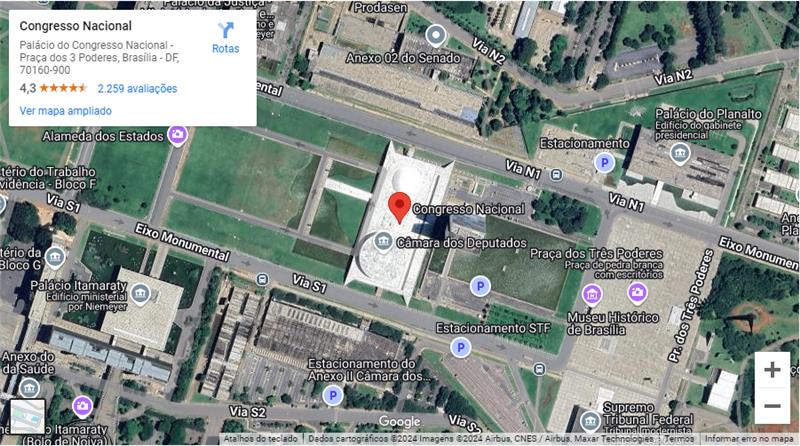
The 10th Summit of Presidents of the G20 Parliaments (P20) will take place in Brasília, at the National Congress Palace.
Founded in 1960 to serve as the capital of Brazil, Brasília represents the realization of former President Juscelino Kubitschek's vision to establish a new seat of the Republic in the Central Plateau, the geographic center of the country.
Two prominent figures in Brazilian architecture are responsible for Brasília's monumental scale: Lúcio Costa, the winner of the competition for the urban design of the new capital (known as the Plano Piloto), and Oscar Niemeyer, who designed the buildings housing the Legislative, Judicial, and Executive branches. The Praça dos Três Poderes, shaped as an equilateral triangle, uniquely positions the National Congress, the Supreme Federal Court, and the Palácio do Planalto, creating a harmonious merger of urbanism and architecture.
In 1987, UNESCO designated Brasília as a World Heritage Site, making it the largest protected area in the world. Constructed between 1957 and 1960, the National Congress Palace, which accommodates the Federal Senate and the Chamber of Deputies, is a striking visual landmark not only for the square but also for the entire Esplanada dos Ministérios situated in front of it.

In 1987, UNESCO designated Brasília as a World Heritage Site, making it the largest protected area in the world. Constructed between 1957 and 1960, the National Congress Palace, which accommodates the Federal Senate and the Chamber of Deputies, is a striking visual landmark not only for the square but also for the entire Esplanada dos Ministérios situated in front of it.
This domed design symbolically reflects elements from classical antiquity, but in Brasília, under modernist architecture, it takes on a significant role in the urban landscape of the capital. The interiors of the large domes serve as the venues for plenary sessions where the country’s most important political discussions are held.
The expansive platform on which both structures rest is referred to as the People’s Square in the original plans, symbolizing the flow of democracy within the Brazilian Legislature. In addition to the striking external design of the Palace, the interiors of the Congress contain noteworthy collections of art and furniture that reflect the Republic’s history. This unique blend of Brazilian identity features works by prominent artists such as Athos Bulcão, Marianne Peretti, Di Cavalcanti, and Anna Maria Niemeyer, among other distinguished names.
In 2021, the National Congress was officially designated as a listed property due to its cultural significance in Brazilian historiography.
In 2024, the National Congress Palace reinforces its parliamentary vocation and evokes its genesis in the major international deliberations to be the headquarters of the P20 in Brazil.








